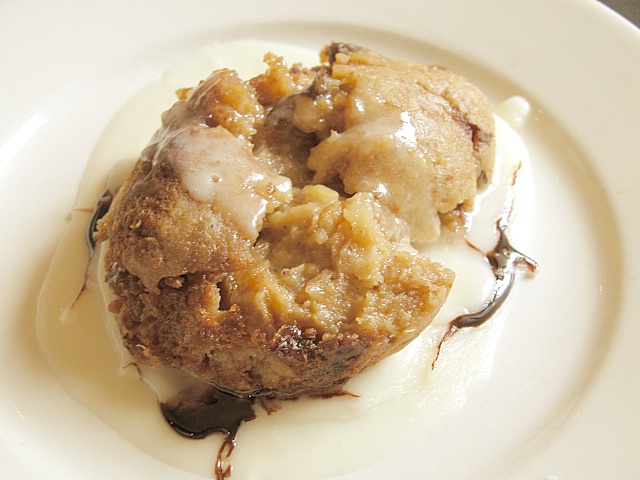|
Stale Bread
Staling, or "going stale", is a chemical and physical process in bread and similar foods that reduces their palatability - stale bread is dry and hard. Mechanism and effects Staling is not simply a drying-out process due to evaporation. One important mechanism is the migration of moisture from the starch granules into the interstitial spaces, degelatinizing the starch. The starch amylose and amylopectin molecules realign themselves causing recrystallisation. This results in stale bread's leathery, hard texture. Bread will stale even in a moist environment, and stales most rapidly at temperatures just above freezing. While bread that has been frozen when fresh may be thawed acceptably, bread stored in a refrigerator will have increased staling rates. Countermeasures Anti-staling agents used in modern bread include wheat gluten, enzymes, and glycerolipids, mainly monoglycerides and diglycerides. Culinary uses Many classic dishes rely upon otherwise unpalatable stale bread ... [...More Info...] [...Related Items...] OR: [Wikipedia] [Google] [Baidu] |
Stale Bread
Staling, or "going stale", is a chemical and physical process in bread and similar foods that reduces their palatability - stale bread is dry and hard. Mechanism and effects Staling is not simply a drying-out process due to evaporation. One important mechanism is the migration of moisture from the starch granules into the interstitial spaces, degelatinizing the starch. The starch amylose and amylopectin molecules realign themselves causing recrystallisation. This results in stale bread's leathery, hard texture. Bread will stale even in a moist environment, and stales most rapidly at temperatures just above freezing. While bread that has been frozen when fresh may be thawed acceptably, bread stored in a refrigerator will have increased staling rates. Countermeasures Anti-staling agents used in modern bread include wheat gluten, enzymes, and glycerolipids, mainly monoglycerides and diglycerides. Culinary uses Many classic dishes rely upon otherwise unpalatable stale bread ... [...More Info...] [...Related Items...] OR: [Wikipedia] [Google] [Baidu] |
Wodzionka
Wodzianka, wodzionka (), kapłonek or brotzupa is a Silesian and Central Poland bread soup made from stale bread, fat and water or milk. Traditionally, ''wodzionka'' is prepared by soaking two- to three-day-old stale bread in water or broth and adding garlic, bay leaves, black pepper and other seasonings, fried bacon, and lard or butter. It was reportedly served in late autumn and winter, when cows had less milk. See also * Acquacotta * Bread soup * List of bread dishes * List of soups This is a list of notable soups. Soups have been made since Ancient history, ancient times. Some soups are served with large chunks of meat or vegetables left in the liquid, while others are served as a broth. A broth is a flavored liquid usua ... References Polish cuisine Silesian cuisine Bread soups Łódź Voivodeship {{soup-stub ... [...More Info...] [...Related Items...] OR: [Wikipedia] [Google] [Baidu] |
British Cuisine
British cuisine is the specific set of cooking traditions and practices associated with the United Kingdom. Historically, British cuisine meant "unfussy dishes made with quality local ingredients, matched with simple sauces to accentuate flavour, rather than disguise it". International recognition of British cuisine was historically limited to the full breakfast and the Christmas dinner. However, Celtic agriculture and animal breeding produced a wide variety of foodstuffs for indigenous Celts. Wine and words such as beef and mutton were brought to Britain by the Normans while, Anglo-Saxon England developed meat and savoury herb stewing techniques before the practice became common in Europe. The Norman conquest introduced exotic spices into Great Britain in the Middle Ages. The pub is an important aspect of British culture and cuisine, and is often the focal point of local communities. Referred to as their "local" by regulars, pubs are typically chosen for their proximity to h ... [...More Info...] [...Related Items...] OR: [Wikipedia] [Google] [Baidu] |
Meatloaf
Meatloaf is a dish of ground meat that has been combined with other ingredients and formed into the shape of a loaf, then baked or smoked. The final shape is either hand-formed on a baking tray, or pan-formed by cooking it in a loaf pan. It is usually made with ground beef, although ground lamb, pork, veal, venison, poultry, and seafood are also used, sometimes in combination. Vegetarian adaptations of meatloaf may use imitation meat or pulses. The cooked meatloaf can be sliced like a loaf of bread to make individual portions. It can easily become dry; therefore, various techniques exist to keep the dish moist, like mixing in bread crumbs and egg, covering it with sauce, wrapping it, or using moisture-enhancing ingredients in the mixture, such as filling it with fatty meats, rich cheeses, or vegetables. History Meatloaf of minced meat was mentioned in the Roman cookery collection '' Apicius'' as early as the 5th century. Meatloaf is a traditional German, S ... [...More Info...] [...Related Items...] OR: [Wikipedia] [Google] [Baidu] |
Haslet
In British English, haslet or acelet is a pork meatloaf with herbs, originally from Lincolnshire. The word is derived from the Old French meaning ''entrails''. In Lincolnshire, haslet (pronounced '/ˈhæslɪt/' locally) is typically made from stale white bread, minced pork, sage, salt and black pepper. It is typically served cold with pickles and salad, or as a sandwich filling. In England, it is occasionally sold on a delicatessen counter. Welsh haslet is traditionally made from finely minced potatoes, pigs' liver and onions. In North American English, "haslet" refers to the "edible viscera In biology, an organ is a collection of tissues joined in a structural unit to serve a common function. In the hierarchy of life, an organ lies between tissue and an organ system. Tissues are formed from same type cells to act together in a f ... of a butchered animal". ''Webster's Third New International Dictionary'' (unabridged), Volume 2, Page 1037, Edition 1961, Editor in Chie ... [...More Info...] [...Related Items...] OR: [Wikipedia] [Google] [Baidu] |
Breadcrumbs
Bread crumbs or breadcrumbs (regional variants including breading and crispies) consist of crumbled bread of various dryness, sometimes with seasonings added, used for breading or crumbing foods, topping casseroles, stuffing poultry, thickening stews, adding inexpensive bulk to soups, meatloaves and similar foods, and making a crisp and crunchy covering for fried foods, especially breaded cutlets like tonkatsu and schnitzel. The Japanese variety of bread crumbs is called ''panko''. Types Dry Dry breadcrumbs are made from dry breads which have been baked or toasted to remove most remaining moisture, and may have a sandy or even powdery texture. Bread crumbs are most easily produced by pulverizing slices of bread in a food processor, using a steel blade to make coarse crumbs, or a grating blade to make fine crumbs. A grater or similar tool will also do. Fresh The breads used to make soft or fresh bread crumbs are not quite as dry, so the crumbs are larger and produce a softe ... [...More Info...] [...Related Items...] OR: [Wikipedia] [Google] [Baidu] |
Leblebi
Leblebi ( tr, leblebi; acm, لبلبي, leblebi; ar, قضامة, Qdameh, Qudamah; fa, نخودچی, Nokhodchi; scn, Càlia) is a snack made from roasted chickpeas, common and popular in Iran, Palestine, Jordan, Syria, Lebanon, Iraq, Greece and Turkey, and sometimes seasoned with salt, hot spices, dried cloves, or candy coated. In Tunisia, the term refers to a very popular chickpea-based breakfast soup which also includes egg and stale bread. Chickpeas used for leblebi are selected for shape, size, color, and harvesting time, and vary by cultivar. Generally, large-seeded (8–9 mm in diameter and 30–50 g of 100 kernel weight ), lighter-colored, round, and smooth surfaced ''Kabuli'' chickpeas are preferred; a thick seed coat and hull, easy to remove from the kernel is requisite. Harvesting time determines the tempering process and quality of leblebi; chickpeas are cleaned and classified by size, with undeveloped, damaged, shrunken, and broken chickpeas discarded. ... [...More Info...] [...Related Items...] OR: [Wikipedia] [Google] [Baidu] |
Migas
Migas () ("crumbs" in English) is a dish traditionally made from stale bread and other ingredients in Spanish and Portuguese cuisines. Originally introduced by shepherds, migas are very popular across the Iberian Peninsula, and are the typical breakfast of hunters at '' monterías'' in southern Spain. The same name is used for a different dish made from corn or flour tortillas in Mexican and Tex-Mex cuisines. Iberian migas Spanish migas Migas is a traditional dish in Spanish cuisine. It was originally a breakfast dish that made use of leftover bread or tortas. Migas is usually served as a first course for lunch or dinner in restaurants in Spain. The ingredients of migas vary across the provinces of Spain. In Extremadura, this dish includes day-old bread soaked in water, garlic, paprika, and olive oil. In Teruel, Aragon, migas includes chorizo and bacon, and is often served with grapes. In La Mancha, ''migas manchegas'' is a more elaborate preparation using basically the sam ... [...More Info...] [...Related Items...] OR: [Wikipedia] [Google] [Baidu] |
Crouton
A crouton is a piece of rebaked bread, often cubed and seasoned. Croutons are used to add texture and flavor to salads—notably the Caesar salad— or eaten as a snack food. Etymology The word crouton is derived from the French ''croûton'', itself a diminutive form, diminutive of ''croûte'', meaning "crust". ''Croutons'' are often seen in the shape of small cubes, but they can be of any size and shape, up to a very large slice. Many people now use crouton for croute, so the usage has changed. Historically, however, a croute was a slice of a baguette lightly brushed with oil or clarified butter and baked. In English descriptions of French cooking, ''croûte'' is not only a noun but also has a verb form that describes the cooking process that transforms the bread into the crust. Preparation The preparation of croutons is relatively simple. Typically the cubes of bread are lightly coated in oil or butter (which may be seasoned or flavored for variety) and then baked. Crouton ... [...More Info...] [...Related Items...] OR: [Wikipedia] [Google] [Baidu] |
Fondue
Fondue (, , ) is a Swiss melted cheese dish served in a communal pot ( ''caquelon'' or fondue pot) over a portable stove () heated with a candle or spirit lamp, and eaten by dipping bread into the cheese using long-stemmed forks. It was promoted as a Swiss national dish by the Swiss Cheese Union (Schweizerische Käseunion) in the 1930s, and was popularized in North America in the 1960s. Since the 1950s, the term "fondue" has been generalized to other dishes in which a food is dipped into a communal pot of liquid kept hot in a fondue pot: chocolate fondue, ''fondue au chocolat'', in which pieces of fruit or pastry are dipped into a melted chocolate mixture, and ''fondue bourguignonne'', in which pieces of meat are cooked in hot oil or broth. Etymology The word ''fondue'' is the feminine passive past participle of the French verb 'to melt' used as a noun. It is first attested in French in 1735, in Vincent La Chapelle's ''Cuisinier moderne'',Vincent la Chapelle, ''Le cuisinier ... [...More Info...] [...Related Items...] OR: [Wikipedia] [Google] [Baidu] |
Bread Pudding
Bread pudding is a bread-based dessert popular in many countries' cuisines. It is made with stale bread and milk or cream, generally containing eggs, a form of fat such as oil, butter or suet and, depending on whether the pudding is sweet or savory, a variety of other ingredients. Sweet bread puddings may use sugar, syrup, honey, dried fruit, nuts, as well as spices such as cinnamon, nutmeg, mace, or vanilla. The bread is soaked in the liquids, mixed with the other ingredients, and baked. Savory puddings may be served as main courses, while sweet puddings are typically eaten as desserts. In other languages, its name is a translation of "bread pudding" or even just "pudding", for example "pudín" or "budín". In the Philippines, banana bread pudding is popular. In Mexico, there is a similar dish eaten during Lent called capirotada. In the United Kingdom, a moist version of Nelson cake, itself a bread pudding, is nicknamed "Wet Nelly". History The 18th-century English coo ... [...More Info...] [...Related Items...] OR: [Wikipedia] [Google] [Baidu] |
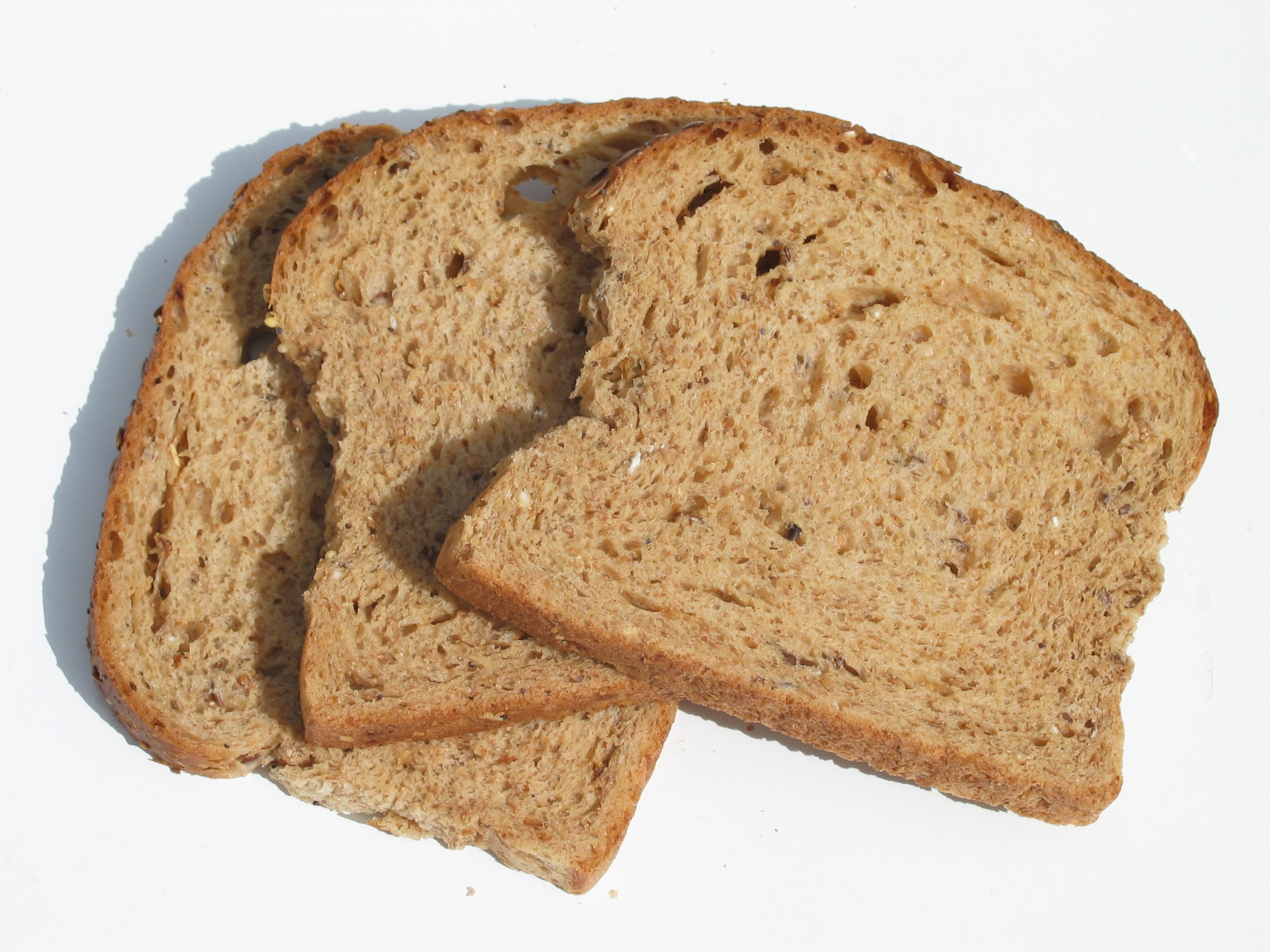
_(cropped).jpg)

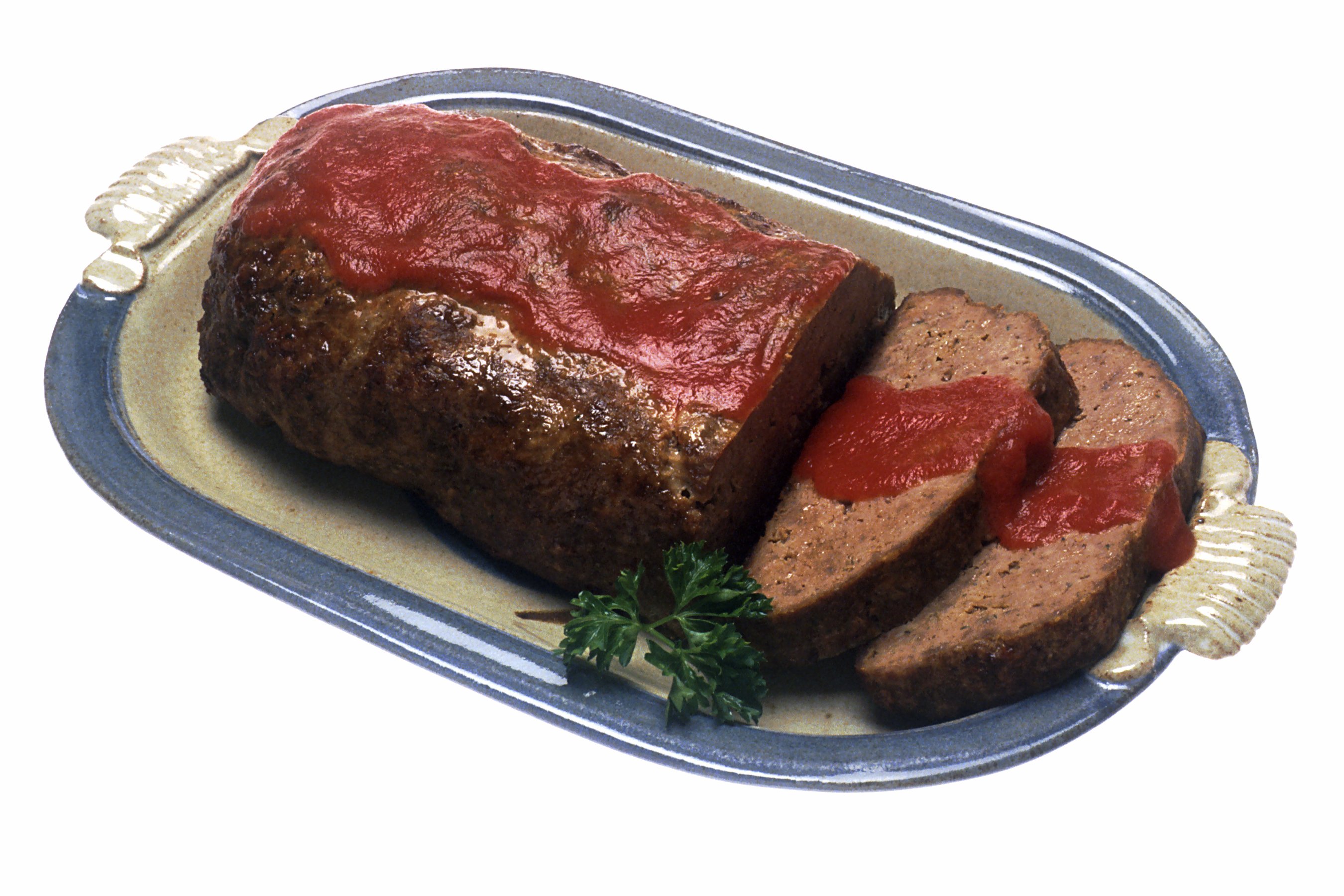
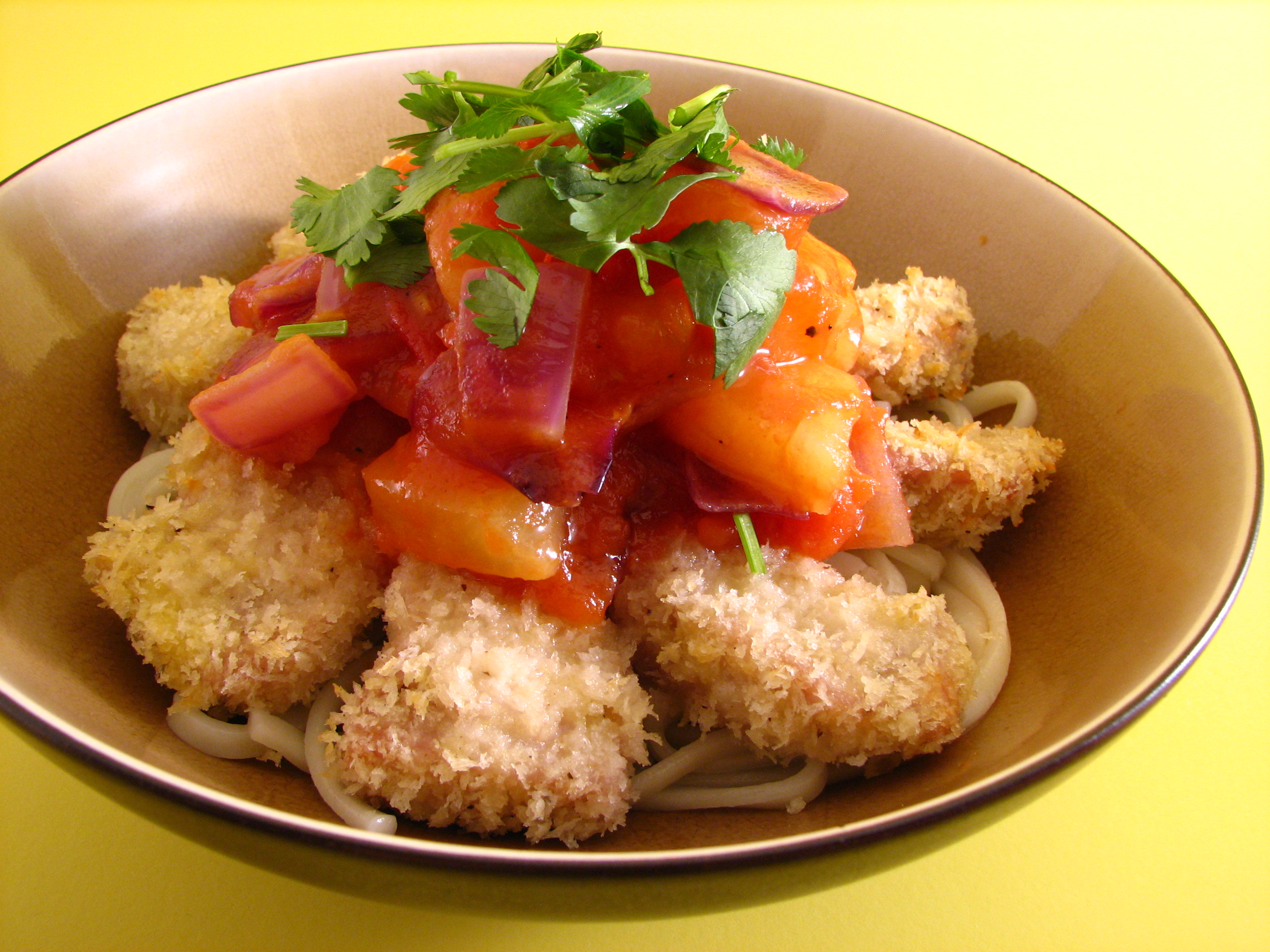
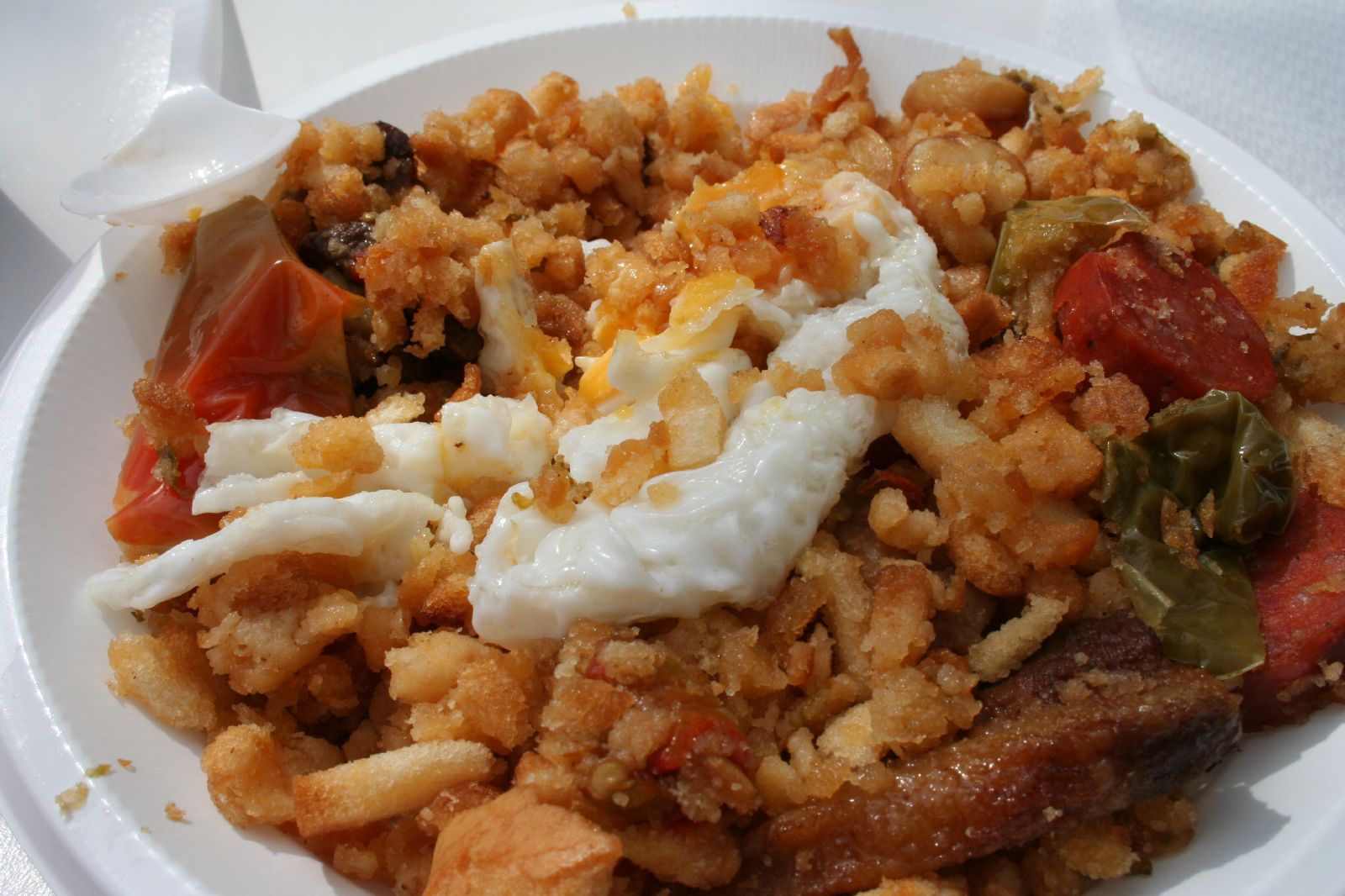
.jpg)
